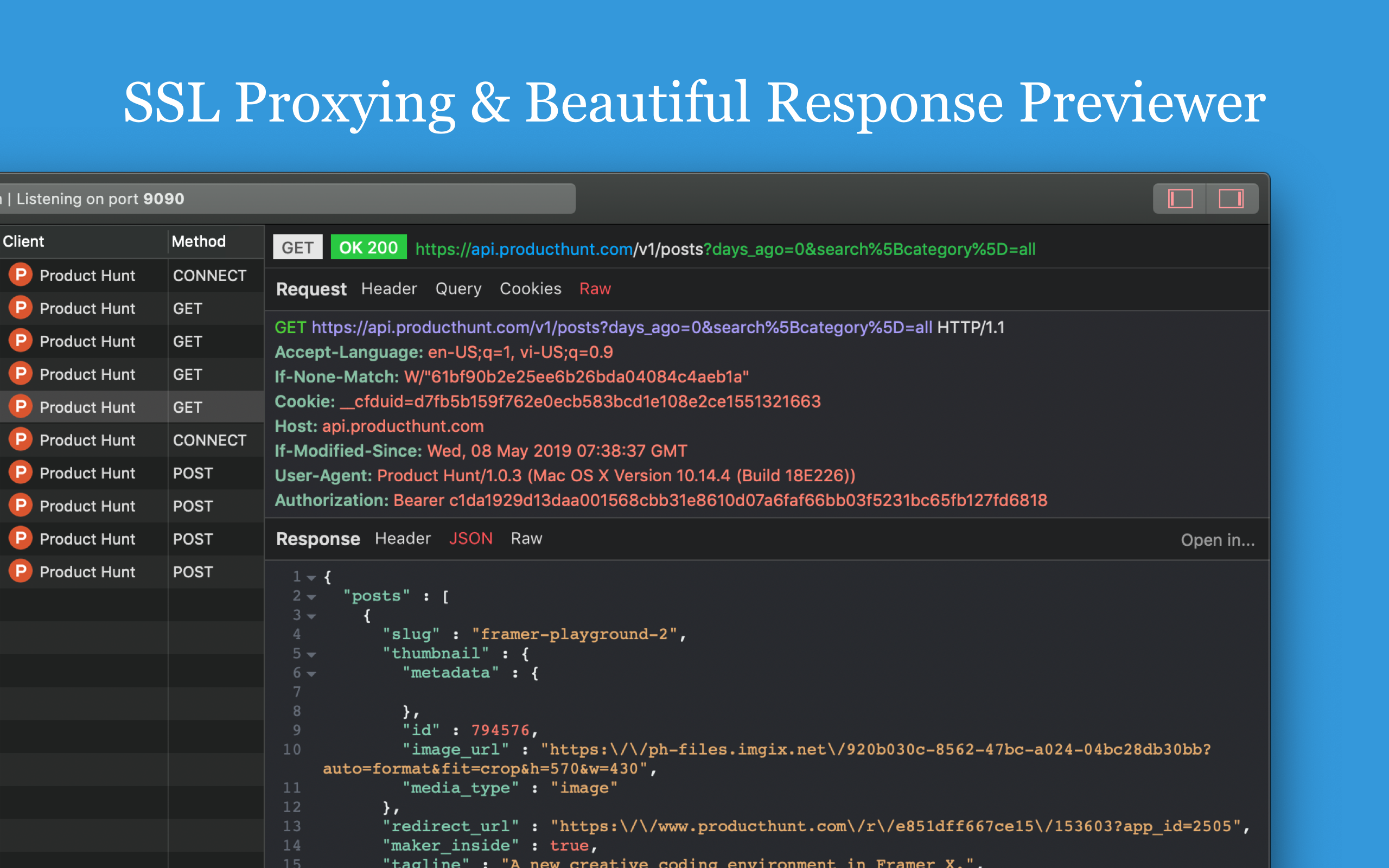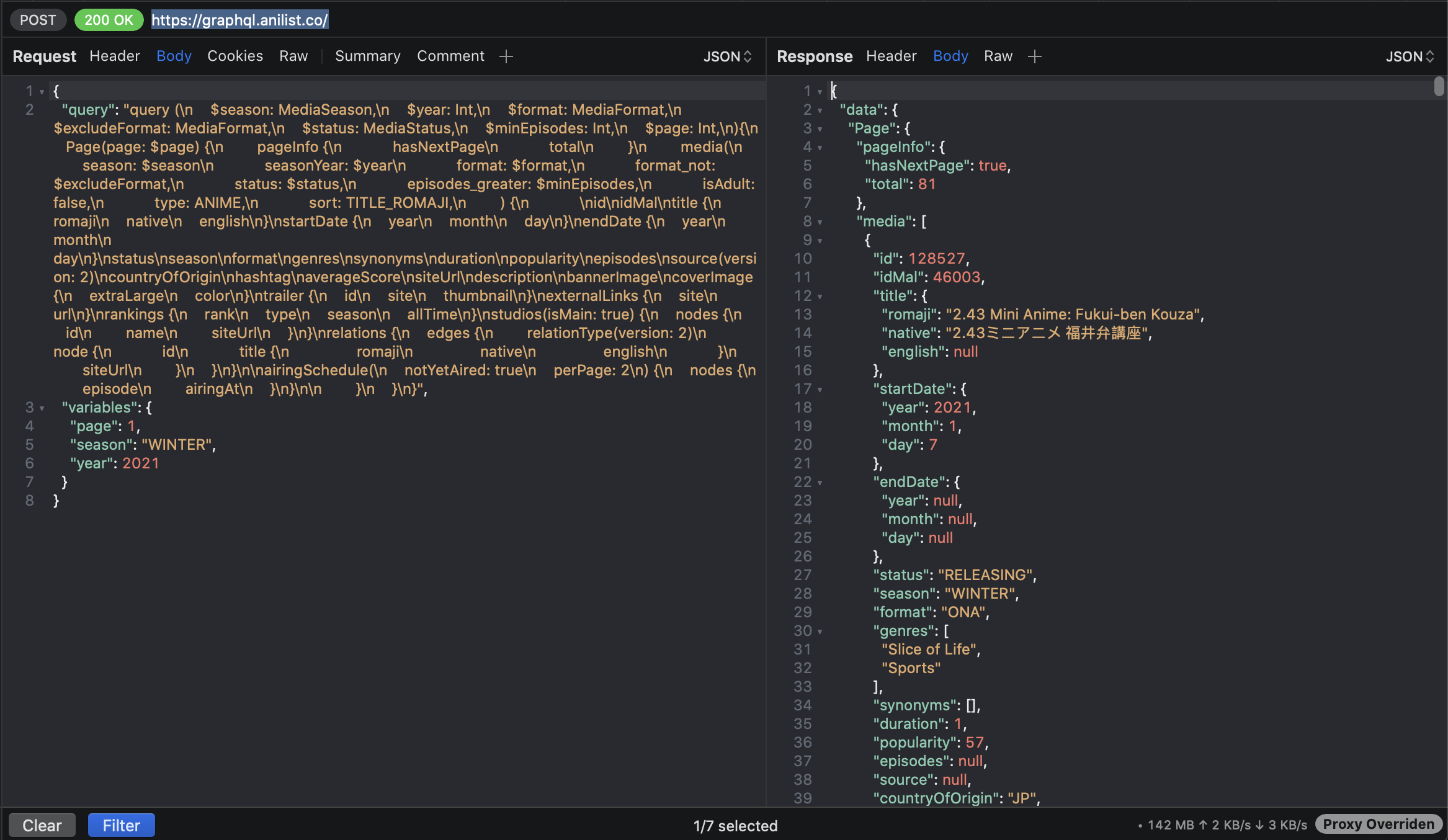
#Proxyman websocket code
However, maintenance has stopped since the days of Go 1.6, so I'll proceed with this post based on code hgsgtk/wsp that I forked and modified for the Go situation in 2021 (Thank you root-gg).Įnter fullscreen mode Exit fullscreen mode It is difficult to use in production, but it is a good learning material to explain the design of reverse proxy over WebSocket. wsp is developed by root-gg, which is a reverse HTTP proxy over WebSocket, whose aim is to securely make call to internal APIs from outside. In this post, we will focus on understanding the basic concepts and read prototypical and simpler one root-gg/wsp. In Go, inconshreveable/ngrok and coyove/goflyway is well known, especially ngrok is popular among developers as a SaaS service. In JavaScript, mhzed/wstunnel is well known, in Haskell, erebe/wstunnel is. There are not that many examples of implementation reverse proxy over WebSocket. It is a type of proxy server that retrieves resources on behalf of a client from servers.įurther, this post focuses on a reverse HTTP proxy over WebSocket, in brief, it uses the WebSocket protocol as a "tunnel" to pass TCP communication from server to client. In contract, a reverse proxy is the opposite of what a forward proxy does. It allow users to hide their IP address while accessing a Web service or an API server. There are two types of proxies, forward proxy and reverse proxy.Ī forward proxy (or gateway, or tunnel, or just "proxy") provides proxy services to a client or a group of clients.

#Proxyman websocket upgrade
To achieve compatibility with HTTP, the WebSocket handshake uses the HTTP Upgrade header in order to change from the HTTP protocol to the WebSocket protocol.

#Proxyman websocket android
I've installed V2Ray based on Privacy melon article, and the configuration works fine on android v2rayng, but on windows v2rayN keeps showing me this error:Īpp/proxyman/outbound: failed to process outbound traffic > proxy/vmess/outbound: connection ends > proxy/vmess/outbound: failed to read header > proxy/vmess/encoding: failed to read response header > read tcp ip:11050->server:10086: wsarecv: A connection attempt failed because the connected party did not properly respond after a period of time, or established connection failed because connected host has failed to respond.Īlso in the windows client v2rayN Test servers ping results in 247ms which seems it is connected, but when i set my browser's proxy to 127.0.0.1:10808, it's not working! What is the problem, what should i do?


 0 kommentar(er)
0 kommentar(er)
